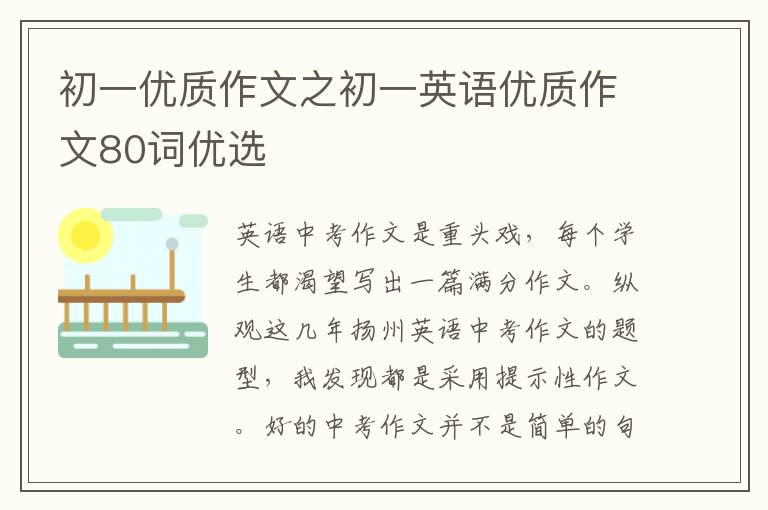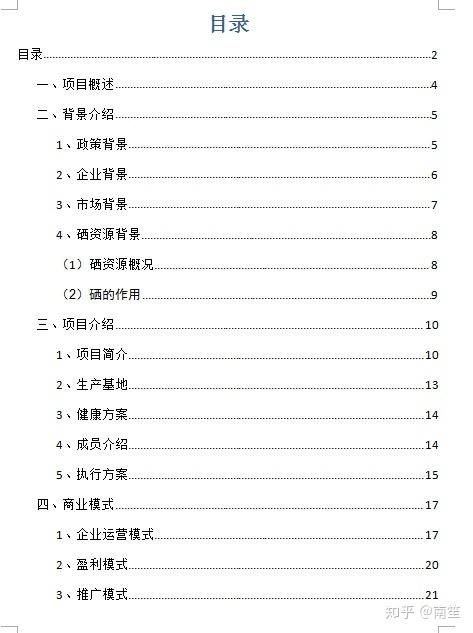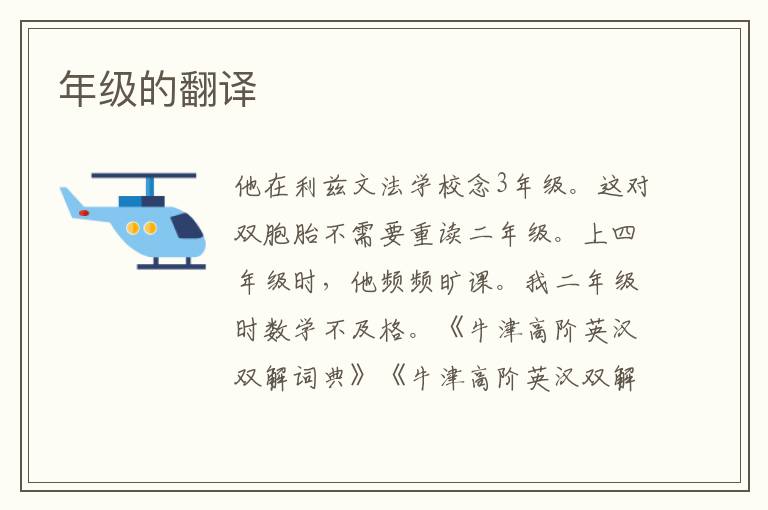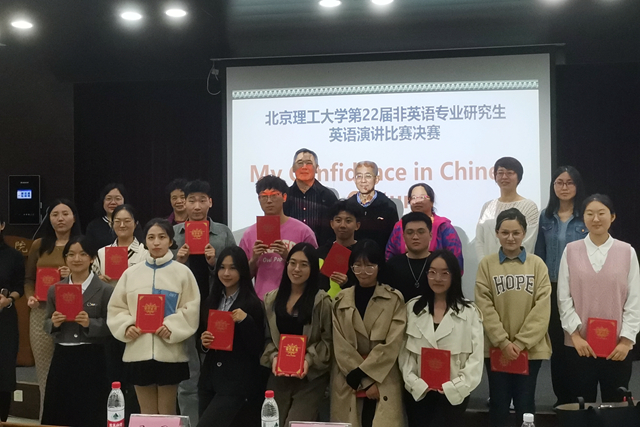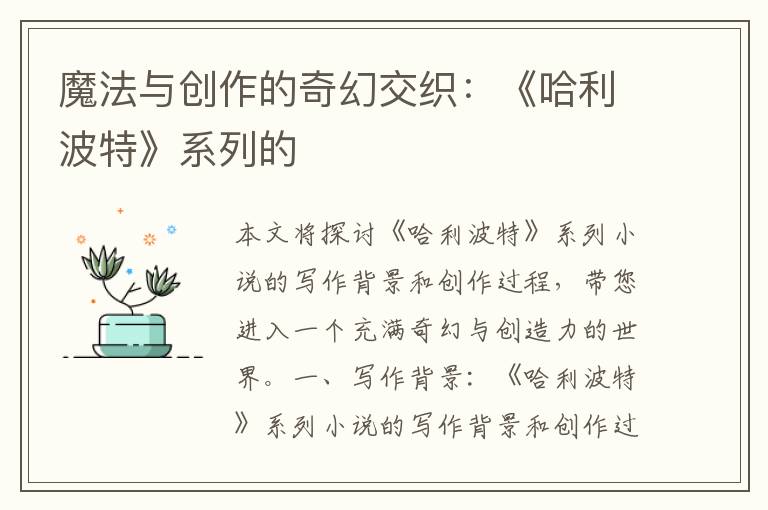GRE閱讀寫作分析--How to stop the drug wars

Prohibition has failed; legalisation is the least bad solution
A HUNDRED years ago a group of foreign diplomats gathered in Shanghai for the first-ever international effort to ban trade in a narcotic drug. On February 26th 1909 they agreed to set up the International Opium Commissionjust a few decades after Britain had fought a war with China to assert its right to peddle the stuff. Many other bans of mood-altering drugs have followed. In 1998 the UN General Assembly
committed member countries to achieving a drug-free world and to eliminating or significantly reducing the production of opium, cocaine and cannabis by 2008.
That is the kind of promise politicians love to make. It assuages the sense of moral panic that has been the handmaiden of prohibition for a century. It is intended to reassure the parents of teenagers across the world. Yet it is a hugely irresponsible promise, because it cannot be fulfilled.
Next week ministers from around the world gather in Vienna to set international drug policy for the next decade. Like first-world-war generals, many will claim that all that is needed is more of the same. In fact the war on drugs has been a disaster, creating failed states in the developing world even as addiction has flourished in the rich world. By any sensible measure, this 100-year struggle has been illiberal, murderous and pointless. That is why The Economist continues to believe that the least bad policy is to legalise drugs.
Least bad does not mean good. Legalisation, though clearly better for producer countries, would bring risks to consumer countries. As we outline below, many vulnerable drug-takers would suffer. But in our view, more would gain.
The evidence of failure
Nowadays the UN Office on Drugs and Crime no longer talks about a drug-free world. Its boast is that the drug market has stabilised, meaning that more than 200m people, or almost 5% of the worlds adult population, still take illegal drugsroughly the same proportion as a decade ago. The production of cocaine and opium is probably about the same as it was a decade ago; that of cannabis is higher. Consumption of cocaine has declined gradually in the United States from its peak in the early 1980s, but the path is uneven , and it is rising in many places, including Europe.
This is not for want of effort. The United States alone spends some $40 billion each year on trying to eliminate the supply of drugs. It arrests 1.5m of its citizens each year for drug offences, locking up half a million of them; tougher drug laws are the main reason why one in five black American men spend some time behind bars. In the developing world blood is being shed at an astonishing rate. In Mexico more than 800 policemen and soldiers have been killed since December 2006 . This week yet another leader of a troubled drug-ridden countryGuinea Bissauwas assassinated.
Yet prohibition itself vitiates the efforts of the drug warriors. The price of an illegal substance is determined more by the cost of distribution than of production. Take cocaine: the mark-up between coca field and consumer is more than a hundredfold. Even if dumping weedkiller on the crops of peasant farmers quadruples the local price of coca leaves, this tends to have little impact on the street price, which is set mainly by the risk of getting cocaine into Europe or the United States.
Nowadays the drug warriors claim to seize close to half of all the cocaine that is produced. The street price in the United States does seem to have risen, and the purity seems to have fallen, over the past year. But it is not clear that drug demand drops when prices rise. On the other hand, there is plenty of evidence that the drug business quickly adapts to market disruption. At best, effective repression merely forces it to shift production sites. Thus opium has moved from Turkey and Thailand to Myanmar and southern Afghanistan, where it undermines the Wests efforts to defeat the Taliban.
Prohibition has failed; legalisation is the least bad solution
A HUNDRED years ago a group of foreign diplomats gathered in Shanghai for the first-ever international effort to ban trade in a narcotic drug. On February 26th 1909 they agreed to set up the International Opium Commissionjust a few decades after Britain had fought a war with China to assert its right to peddle the stuff. Many other bans of mood-altering drugs have followed. In 1998 the UN General Assembly
committed member countries to achieving a drug-free world and to eliminating or significantly reducing the production of opium, cocaine and cannabis by 2008.
That is the kind of promise politicians love to make. It assuages the sense of moral panic that has been the handmaiden of prohibition for a century. It is intended to reassure the parents of teenagers across the world. Yet it is a hugely irresponsible promise, because it cannot be fulfilled.
Next week ministers from around the world gather in Vienna to set international drug policy for the next decade. Like first-world-war generals, many will claim that all that is needed is more of the same. In fact the war on drugs has been a disaster, creating failed states in the developing world even as addiction has flourished in the rich world. By any sensible measure, this 100-year struggle has been illiberal, murderous and pointless. That is why The Economist continues to believe that the least bad policy is to legalise drugs.
Least bad does not mean good. Legalisation, though clearly better for producer countries, would bring risks to consumer countries. As we outline below, many vulnerable drug-takers would suffer. But in our view, more would gain.
The evidence of failure
Nowadays the UN Office on Drugs and Crime no longer talks about a drug-free world. Its boast is that the drug market has stabilised, meaning that more than 200m people, or almost 5% of the worlds adult population, still take illegal drugsroughly the same proportion as a decade ago. The production of cocaine and opium is probably about the same as it was a decade ago; that of cannabis is higher. Consumption of cocaine has declined gradually in the United States from its peak in the early 1980s, but the path is uneven , and it is rising in many places, including Europe.
This is not for want of effort. The United States alone spends some $40 billion each year on trying to eliminate the supply of drugs. It arrests 1.5m of its citizens each year for drug offences, locking up half a million of them; tougher drug laws are the main reason why one in five black American men spend some time behind bars. In the developing world blood is being shed at an astonishing rate. In Mexico more than 800 policemen and soldiers have been killed since December 2006 . This week yet another leader of a troubled drug-ridden countryGuinea Bissauwas assassinated.
Yet prohibition itself vitiates the efforts of the drug warriors. The price of an illegal substance is determined more by the cost of distribution than of production. Take cocaine: the mark-up between coca field and consumer is more than a hundredfold. Even if dumping weedkiller on the crops of peasant farmers quadruples the local price of coca leaves, this tends to have little impact on the street price, which is set mainly by the risk of getting cocaine into Europe or the United States.
Nowadays the drug warriors claim to seize close to half of all the cocaine that is produced. The street price in the United States does seem to have risen, and the purity seems to have fallen, over the past year. But it is not clear that drug demand drops when prices rise. On the other hand, there is plenty of evidence that the drug business quickly adapts to market disruption. At best, effective repression merely forces it to shift production sites. Thus opium has moved from Turkey and Thailand to Myanmar and southern Afghanistan, where it undermines the Wests efforts to defeat the Taliban.



